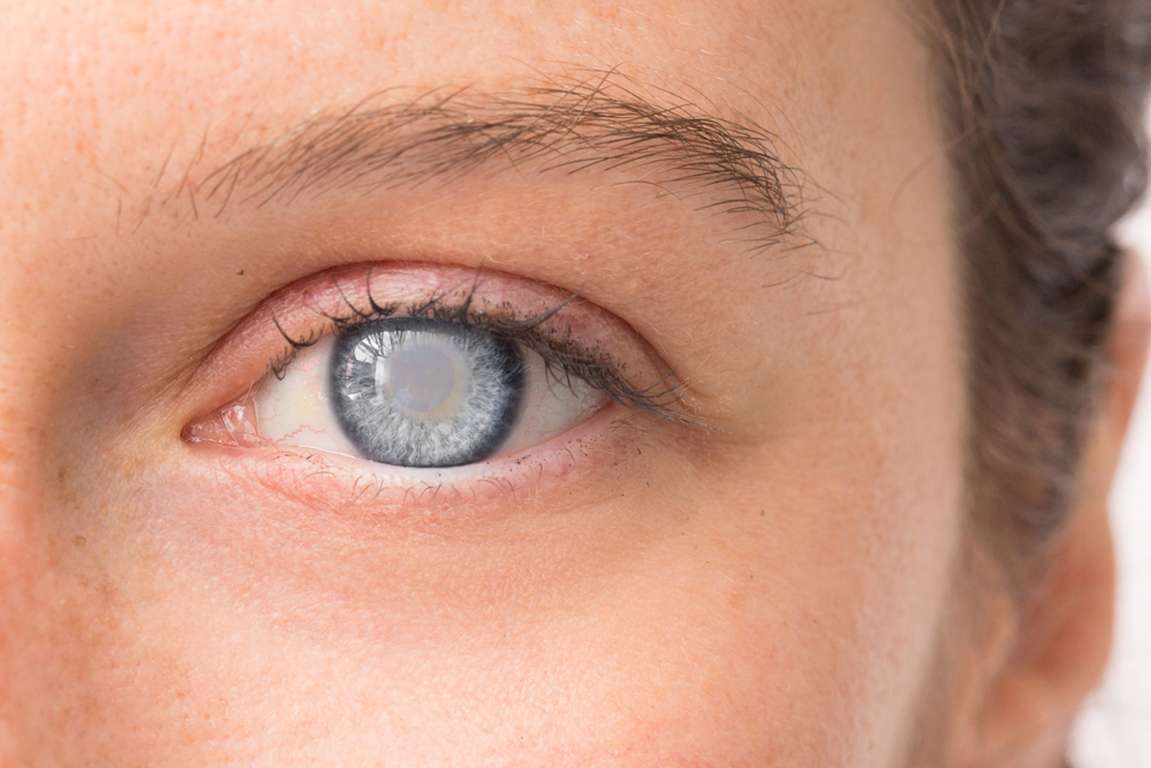Cataract surgery is meant to eliminate eye infections, whether minor or severe, and that’s the result you get after the procedure. Sharp vision, a confident look in bright light, and an improved lifestyle are all benefits and outcomes of a well-planned and professionally conducted cataract surgery.

However, post-cataract surgery results are not always positive. You can have heard about some people who came back from a cataract surgery session and started nursing other eye infections, which may worsen the case.
How could that be? It may happen if the patient has some health complications in the eye or other body parts before the surgery. Some eye complications that may occur after cataract surgery if all ends are not tightened are blurry vision, discomfort, posterior capsule opacity (PCO), glare, halos, light sensitivity, nausea, bloodshot or red-eye floaters, droopy eyelids, and Dry eye disease.
Suppose you begin to experience the symptoms of any of the above-listed eye infections after cataract surgery. The best thing is to contact your eye doctor and make necessary complaints in that instance.
In this article, we focus on how you can treat dry eye infection after surgery before the condition gets aggravated and leads to partial or total blindness.

If you are part of the 16 million Americans diagnosed with dry eye disease, you wouldn’t be a stranger to the watering and burning of this frustrating eye condition. Meanwhile, when the situation worsens and affects your daily living, the experience is better imagined than experienced. One of the annoying parts is that getting the perfect blend of treatments and lifestyle changes to relieve its symptoms can take a long time and effort. Hence, it can become more frustrating for patients who haven’t found a remedy to face the sting of a flare-up later. What’s a flare-up? It is a temporary event of discomfort that can last for some days or a few weeks.
Meanwhile, all hope is not lost. This article exposes you to the best practices and methods to manage an unfavorable situation. That’s how vital this write-up could be for you and anyone else in the episode of discomfort. In reality, knowing what causes the dry eye flare-up and maximizing your chance to explore new therapies and medicines may help you eliminate the problem and get a better vision in the shortest time possible. You can read about How To Get The Right Surgeon For Your Cataract Surgery by clicking here.
What is a Dry Eye Flare-up?

The annoying post-cataract surgery complication called flare-up is an event of dry eye symptoms that develops in response to an external cause in people with dry eye disease. In most cases, dry eye flare-ups don’t give notable early warning signs that would hint to the patient to respond on time before the problem worsens. Often, it happens suddenly, putting the patient in unexpected discomfort. A dry eye flare-up is a result of your inflammatory response to injury.
If a ball or any heavy object hits under your arm, that place turns red, swells up, and becomes painful. When your ocular surface (the eye’s surface) takes a ‘hit,’ your eye tears up, gets red, and feels uncomfortable,” said Christopher Starr, MD, associate professor of Ophthalmology at Weill Cornell Medicine.
A flare-up in a patient with dry eye is like an attack on an asthma patient. In both cases, discomfort may be increased by the body’s immune response. Doctors report that over 80% of patients with dry eye experience flare-ups.
What Transforms Dry Eye to Flare Up?
Several causative agents influence the development of inflammation and trigger a flare-up. They include:
- Air conditioning
- Exposure to reduced air humidity like a long airplane ride
- Wind
- Continuous gazing at devices’ screens, including working on a computer, scrolling through a smartphone, or watching TV.
- Wearing contact lenses for a long time
- Failure to be committed to prescribed medication for dry eye infection
- Seasonal Allergic Conjunctivitis
- Air exhaled from the edge of a loosened face mask can affect the ocular surface
- LASIK Eye surgery and others
LASIK and cataract surgery are also common causative factors of dry eye for several reasons. Suppose your doctor skipped or didn’t ask the right questions during the pre-surgery visits. In that case, you may begin to experience dry eyes afterward due to some unidentified health complications. For that reason, it is always ideal to explain your health history and present status to your doctor before cataract surgery.
Another common cause might be accidental damage to the corneal nerve when the doctor makes an incision. The process might lead to temporary diminished corneal sensation and tear production. Flare-ups occurring during cataract surgery can sting for up to 3 weeks or more. Topical medications prescribed after surgery can also contribute to flare-ups if they contain preservatives. The eye’s outermost layer will recover over time, and other issues will fade away as if nothing ever happened.
If you were diagnosed with dry eye and need cataract surgery, discuss the available options with your eye doctor to treat your eyes before the surgery date to help reduce flare-up symptoms.
Symptoms of Severe Dry Eye Flares

The several symptoms of dry eye flare include a return of the signs experienced before the eye condition became worse. They may also include:
- tearing
- red eyes
- blurred or fluctuating vision
- ocular burning
- desire to close your eyes
- feeling that your eyes hurt or tired
How Long Does a Flare-up Last?
While many help, there is currently one FDA-approved medicine specifically for severe eye infections like dry eye flare-ups, Eyesuvis. That is a topical corticosteroid that can be used for two weeks.
Finally
Your doctor may suggest combining treatment with lifestyle changes with other particular medications. To encourage long-term healing, they may prescribe an immunomodulator such as Cequa, Restasis, or Xiidra. If you perceive new or worsening dry eye symptoms, see your ophthalmologist immediately.

